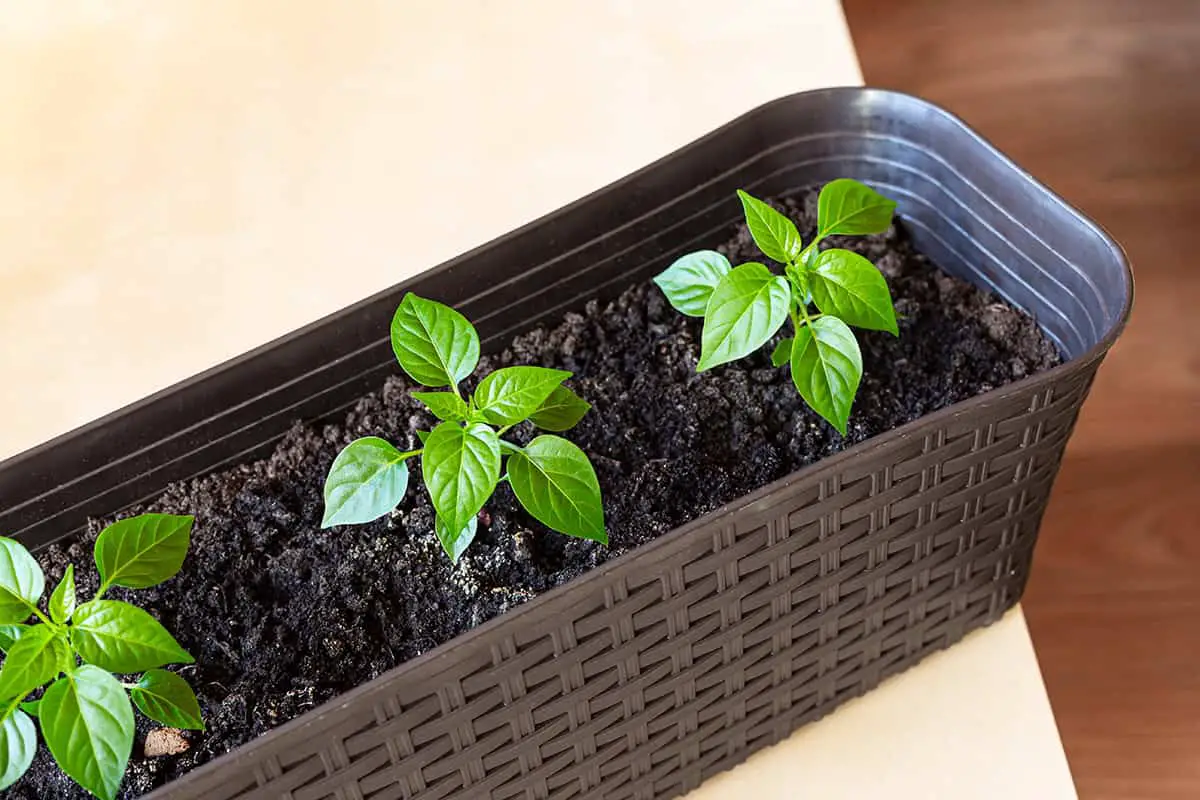You’re tending to your garden, noticing your pepper plants growing tall but not as bushy as you’d hoped. Topping your pepper plants might be the solution you’re looking for. By carefully trimming the top growth, you can encourage a fuller, more productive plant. In this article, you’ll learn the best techniques for topping your pepper plants and the benefits they bring, ensuring a bountiful harvest.
Table of Contents
What Is Pepper Plant Topping?
Pepper plant topping involves trimming the top portion of your pepper plants. This encourages bushier growth and helps plants produce more fruit by redistributing energy.
To top a pepper plant, you cut off the main stem’s top part. Do this when the plant is about 6 to 8 inches tall. Use sharp, clean scissors or a knife.
When you remove the top, the plant focuses on lateral growth. This means it grows more branches. More branches lead to more flowers and peppers.
Topping also improves air circulation around your plant. Better airflow reduces the risk of diseases and makes the plant healthier.
Benefits of Topping Your Pepper Plants

Topping your pepper plants can enhance yields, promote bushier growth, reduce disease, improve air circulation, and boost light exposure. These practices result in healthier and more productive pepper plants.
Increased Yield
Topping your pepper plants can significantly increase yield. When you remove the top of the main stem, it encourages the plant to divert its energy to the growth of lateral branches. This results in more flowering sites, and consequently, more fruits. The energy that would have gone into vertical growth supports a higher number of peppers on the plant. This method effectively doubles the production in some cases, making it a valuable technique for maximizing your pepper harvest.
Bushier Growth
Topping pepper plants also promotes a bushier growth habit. By cutting the main stem, you encourage the plant to produce more side shoots. These additional branches create a denser, fuller plant structure. A bushier plant has a lower center of gravity, reducing the risk of plant collapse during windy conditions. This growth habit can also support more fruit, as the plant can sustain a larger canopy of leaves and branches, improving overall vitality.
Disease Reduction
Reducing the spread of disease is another benefit of topping your pepper plants. When the plant grows bushier, the airflow through the plant improves. This increased air movement helps to dry out the foliage more quickly after watering or rain, decreasing the likelihood of fungal infections and other diseases. Proper pruning and topping can also remove old and diseased branches, further lowering the risk of disease spread within the plant.
Improved Air Circulation
Improving air circulation around pepper plants is crucial. Topping helps thin the foliage, which allows for better airflow. Enhanced air circulation reduces humidity around the plant, which diminishes the chances of disease development. This effect is particularly important in humid climates where poor air circulation can lead to severe fungal issues. Moreover, good airflow strengthens the plant’s structure over time, creating a healthier growth environment.
Improved Light Exposure
Light exposure is vital for pepper plants. By topping and shaping the plant structure, you ensure more light reaches the lower leaves and branches. This even distribution of light supports photosynthesis throughout the entire plant, leading to better growth and fruiting. Improved light penetration also means that fruits can ripen more evenly, resulting in a more uniform harvest. Ensuring good light exposure through topping makes a significant difference in the overall productivity of your pepper plants.
When Should You Top Your Pepper Plants?
You should consider topping your pepper plants when they reach a height of about 12 to 18 inches. This is the ideal size for early intervention.
Topping earlier in the growth stage helps strengthen stems and encourages a stronger structure, which withstands wind better. This practice also helps produce more flowers.
Late spring or early summer is a suitable time. The plants are typically sturdy enough by then. Make sure nighttime temperatures are consistently above 50°F before topping your pepper plants.
You can also time the topping based on your region’s growing season. In regions with a shorter growing season, earlier topping may be beneficial. This helps maximize the time for new growth.
Steps to Top Pepper Plants

Make sure your pepper plants are about 12 inches tall. This height is ideal to start topping and will help promote strong growth.
Use sterilized pruning shears to prevent the spread of disease. Carefully cut the main stem just above a node, where a leaf or branch grows from the stem.
While cutting, make sure to remove the top few sets of leaves. This directs energy to the lower part of the plant, leading to a robust structure. Avoid cutting too low to prevent damage.
After topping, monitor your plants closely. Look for new growth from below the cut. This new growth will eventually bear the peppers.
Water and fertilize as needed. Topping can cause slight stress, so it’s crucial to maintain proper care. Ensure the soil remains moist and rich in nutrients.
Stake your plants if necessary. Taller pepper varieties, such as C. annum, can benefit from support. This avoids collapse during strong winds.
Regularly check for pests and diseases. Healthy plants recover faster and yield better produce. Inspect leaves and stems for any signs of trouble.






